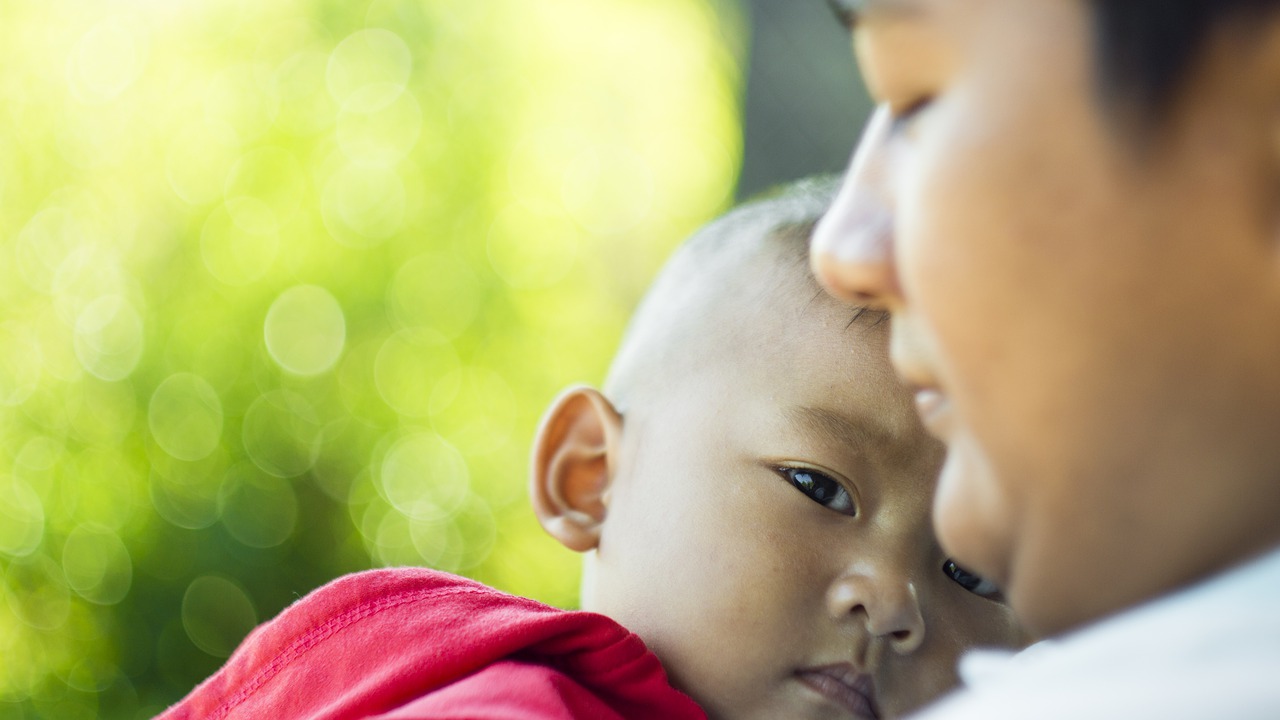Kawasaki Disease in Kids & COVID-19 Linked?
Infected patients have a fever that doesn’t pass for days on end, rash breakouts, their glands get swollen, lips dry up and get cracked, fingers, toes and eyes acquire a red hue – as reported by British NHS.

Recently PICS UK (the Paediatric Intensive Care Society) registered an increasing quantity of cases among children with coronavirus infection in severe health conditions who manifest “atypical Kawasaki disease with blood parameters” and “toxic shock syndrome” on top of other things.
PICS took pains to prepare and send out a special statement for doctors and other professionals in charge of critically ill infants and adolescents pointing out that the symptoms of hurting abdomen and cardiac inflammation are becoming common and require attention.
Now what kind of disease it is and whether parents should be concerned about it.
Afflicting mostly youngsters, Kawasaki disease causes inflammation of blood vessels. Inflamed vessels are one of the main reasons of cardiac problems in the young. If diagnosed early on, the condition responds to treatment well enough, and a lot of kids recover quickly without complications.
What Kawasaki disease does to the body
Kawasaki disease makes a kid’s coronary arteries inflamed, thereby it affects the flow of blood to the heart. Besides, lymph nodes are affected, and skin, especially around the mouth and the nose. Sometimes the throat also turns bad.
What exactly causes Kawasaki disease isn’t known. It could be brought about by bacteria, viruses, probably genes; other substances may be involved, for example, irritants and chemicals used in things children handle.
- There is nothing to show that Kawasaki is contagious, yet it can spread within a community.
- Winter and spring are the seasons when kids are more susceptible to the disease.
- There are some more risk factors for Kawasaki disease, the most well-known are:
- Children under 5 are more vulnerable to the disease.
- For every two girls who catch the disease there are three boys.
- Kids of Asian origin are more prone to the disease.
Children who contract the disease run a high temperature for a week or so, develop a rash, their fingers, toes and eyes become reddish, their lips get dry and cracked, glands get swollen. These symptoms yield to treatment and wear off with time.
This issue can develop into cardiac complications
The Mayo Clinic experts warn that in the U.S. Kawasaki disease is mainly responsible for cases of acquired heart problems and cardiac complications which embrace coronary artery dilations and aneurysms.
Such coronary artery malfunctions can be mitigated by common treatment with intravenous immunoglobulin and aspirin which subdue abnomalities.
The NHS reports that every fourth child suffering from Kawasaki but not being treated for it ends up with cardiac complications, probably leading to heart diseases and heart attacks.
Meanwhile, according to health care providers, when a child gets proper treatment, chances are high that he or she will recover entirely.
How do people contract Kawasaki?
Medical researchers failed to discover what causes children to fall ill with the Kawasaki disease so far, the predominant idea being that there are genes inherited by children from parents that make them predisposed to the disease.
Since the NHS avers that the disease is not contagious, it seems that no virus is involved, at least as the main agent.
Can the disease be related to coronavirus?
Some children undergoing treatment for Kawasaki showed positive tests for Covid-19, some others are not infected – which testifies that the two are not interrelated, there are kids who had recovered from the virus before they caught the new syndrome, or may be even impervious to Covid-19.
But there is an opinion that the Kawasaki disease may be a post-infection reaction of the body – after the infection has passed, the immune system goes on reacting and there happens an „inflammatory response.” This could imply that with a number of patients coronavirus is the first phase, followed by an inflammation as the second phase.
There may well be such a medical succession of the two diseases, coronavirus and Kawasaki, as explained by Dr. Courtney Gidengil, a senior physician policy researcher at RAND Corp. and a pediatric infectious disease specialist in Boston. Since the origin of the Kawasaki disease hasn’t been established, a hypothesis that a virus infection can cause the subsequent complication in certain cases seems to be a weighty one, Dr. Gidengil emphasised.
It wouldn’t pass beyong the realm of possibility if we learned that coronavirus could trigger off other health disorders. The process of studying its activity and effects is still far from completion, but we know that inflammation plays an active part, and may drive the immune system into initiating a “cytokine storm,” a strong reaction that is harmful to internal organs.
Yet the information available at the time being doesn’t allow to state definitely that the coronavirus causes subsequent inflammation in children; further investigation will be necessary. Meanwhile, the NHS experts look into a possibility of some other, not identified pathogenic agent is at work behind the Kawasaki inflammations.
This doesn’t sound like very welcome information for parents, but the good news is that kids don’t usually come out of the coronavirus infection assaulted with grave complications. Doctors deny that children are prone to Covid-19’s harmful aftereffects.
